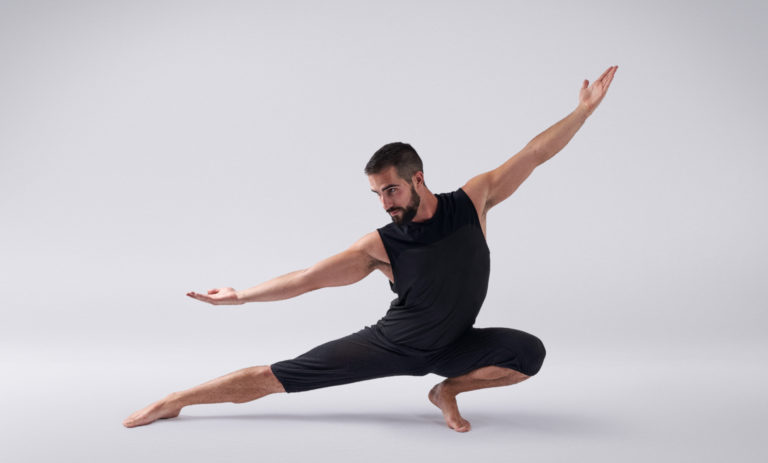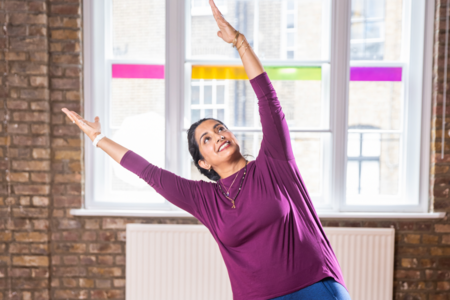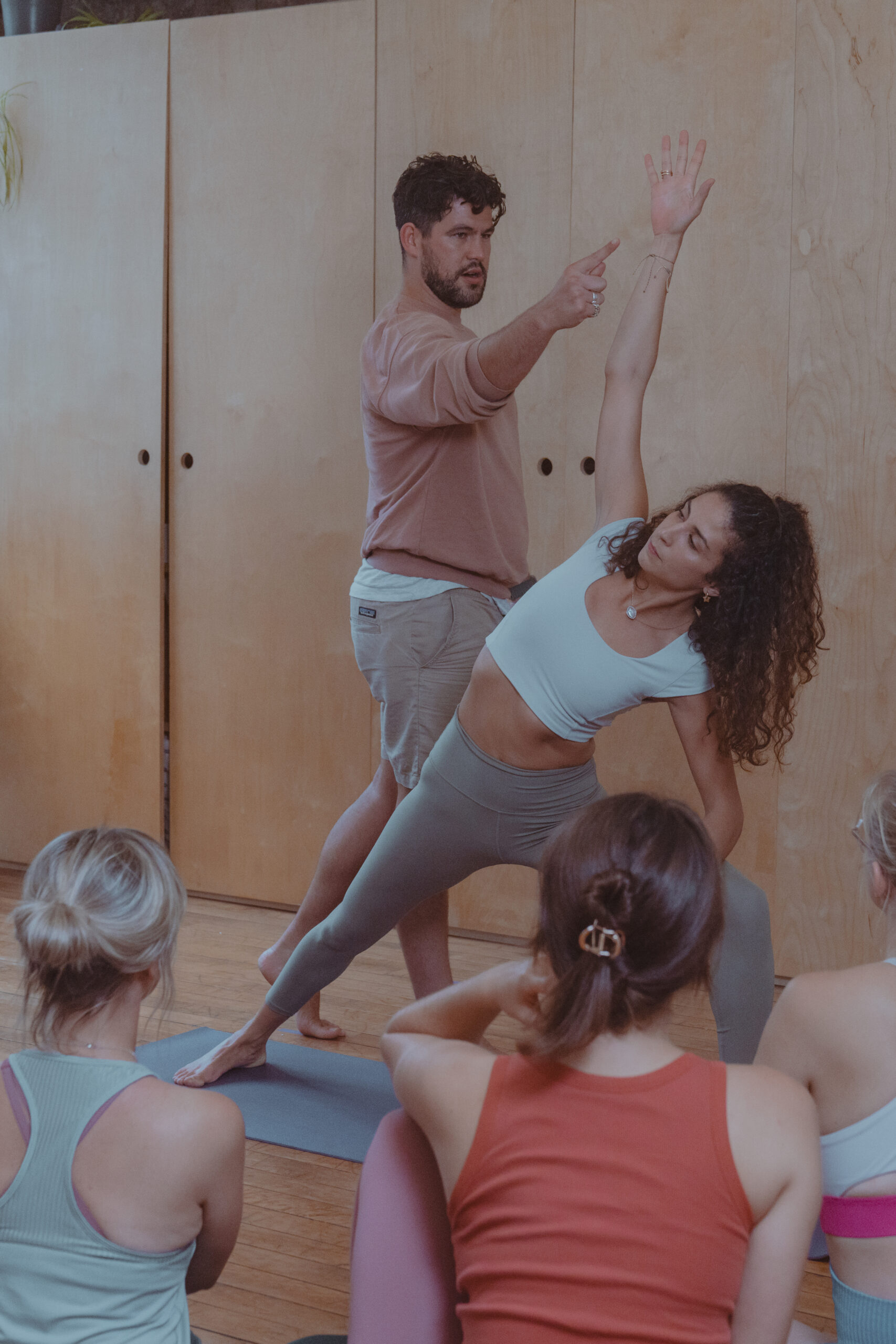Qigong is a moving mediation practice rooted in ancient Chinese tradition. Slow and strong, graceful and joyous – it trains you to work from the centre of the body, and to replace force with a search for lightness and space. This is one of many reasons why qigong is a fitting supplement to your yoga practice. To explain more, we’ve asked James Rafael, the teacher of Soho’s new lunchtime qigong class, to share his experiences as a teacher and student of both yoga and qigong.
A growing number of yoga students and teachers in London are incorporating the ancient Chinese modality of qigong (pronounced chee – gong) into their practice. Qigong offers us rich and unique ways to move, breathe, meditate, and heal. Qigong is deeply rooted in the wisdom of nature and the natural world, which can be a beautiful complement to our exploration of yoga. How so? Read onwards, dear reader.
Graceful, accessible, but strong medicine
I’ll admit when I first started practising qigong I was both inspired and exasperated. The inspiration came as I witnessed a joyously diverse room of people enjoying practice together. A wide spectrum of ages, levels of experience, people living in different body types, some pregnant, some injured, some with physical disabilities; yet all moving in this slow, measured and graceful way. Then came the exasperation: on the surface, it looked simple, elegant and easy. Simple and elegant? Yes. Easy? Not so much.
Qigong, when you’re new to it, can be surprisingly challenging. Its emphasis is on energy, or Qi, and uses intention to move Qi around the meridians (energy channels) of the body. In a wider sense, though, what this gives us is a way to better manage and balance our overall energy level. When we are used to a fast-paced, energy depletive way of moving and being, qigong can be strong medicine to swallow. At first, it may feel tough physically and mentally to practice in this new way as our nervous system begins to find true balance again. This is why it’s important to work with a good teacher to help you navigate this.
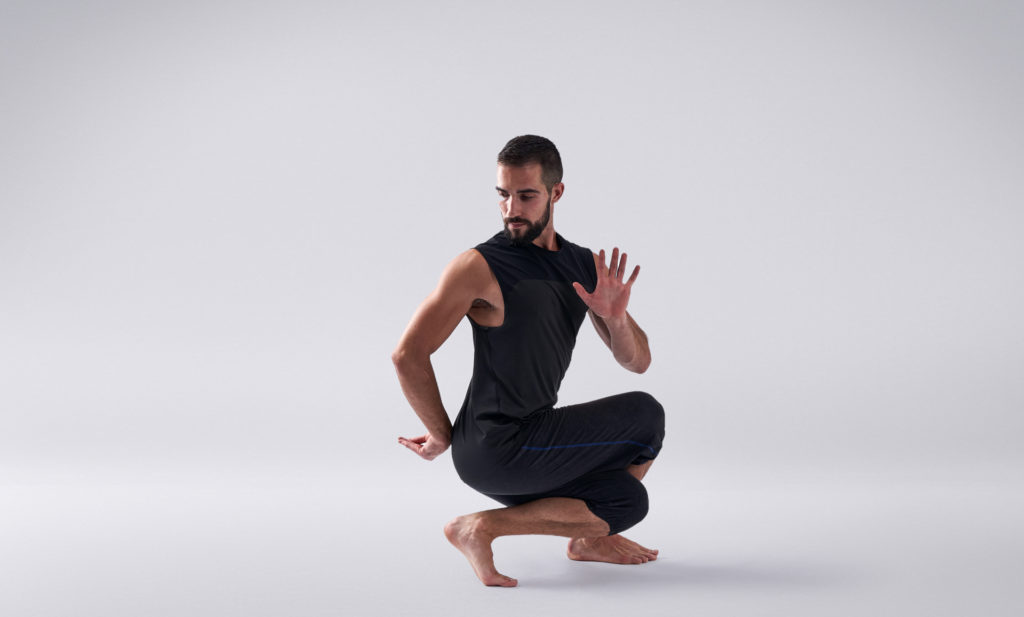
Ancient practice: cutting edge movement patterns
I was in a yoga class as a student a few months back, and the teacher was teaching ‘ulnar flossing’, a movement which glides the palm in a circle overhead and then circles back down under the armpit. It’s being used a lot by physios, and the FRC community (Functional Range Conditioning – popular with Cross-fitters). It made me laugh because it’s an identical movement to a qigong practice called Black Dragon Serves Tea. This is but one example of a plethora where contemporary exploration of what’s healthy for joints, nerves and tissues, is coming up with the same movement patterns as practices which are several hundred – if not thousands – of years old. And as far as framing and visualisation go, I personally would much rather pretend to be a black dragon serving tea, than to floss my ulnar nerve.
Goofy is the new graceful
Yes, many of the movements can be graceful, beautiful, poised and fluid. But also some are downright hilarious and goofy – it’ll never sell as well as yoga on Instagram, and that’s an utterly joyous thing. Qigong has a way of making you feel elegant and light, and then suddenly feeling a bit silly as you pretend to be a wild goose flying, flapping your arms up and down. It keeps you lighthearted, playful, and at the same time, the emphasis is always inward to the sensation, the feeling – not the look of what you are doing. Truth be told, my yoga practice became a little dry at one point several years ago – I was going through the motions. Qigong allowed me to infuse playfulness and honesty back into my home practice.
A moving meditation
Qigong is a slow practice. This can be frustrating at first, but the more you practice the slower you may want to go because it feels so darn good after a while. You get a chance to notice where tension builds in the body and then release it, you get the opportunity to listen to the body and the way the mind moves in response to it. Also, because movements are repetitive and rhythmic, the practice can be somewhat hypnotic, taking you into deeper meditative states. If sitting still to meditate is hellish for you, then slow repetitive movements might be a more approachable way for your nervous system to engage with meditation and inner stillness.
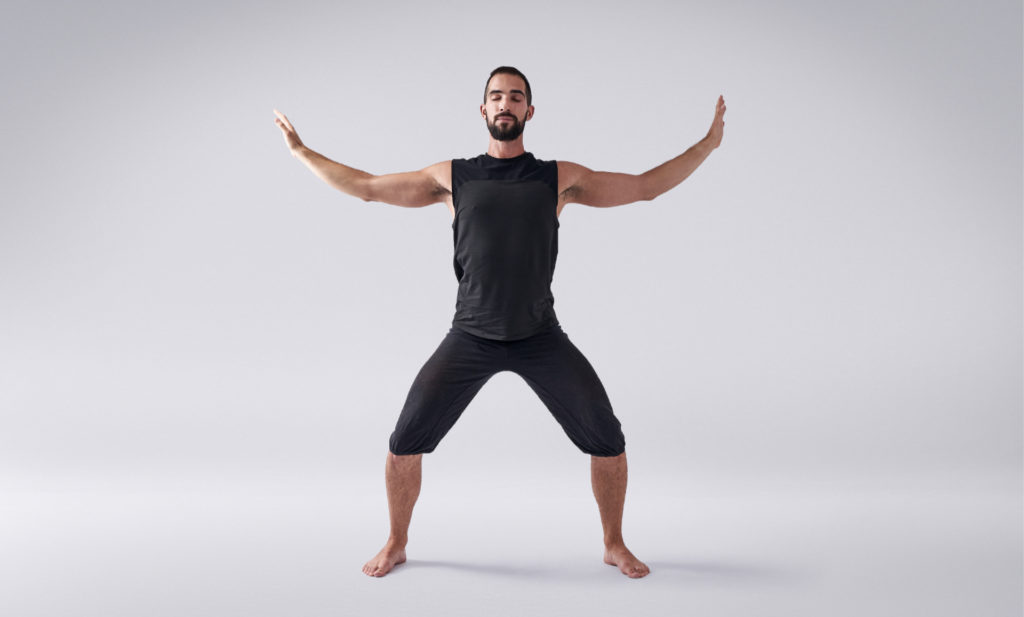
What if you’re interested in so-called ‘advanced’ asana?
I think we need to be honest about this; many people are, and that’s ok. The most complex arm balances, backbends and pretzel-like positions, ultimately require you to ‘work from centre’ to limit wear and tear on the body. It’s not lost on me that two of the most intelligent luminaries in the yoga world Vanda Scaravelli and Bonnie Bainbridge Cohen, both had Tai Chi teachers. Tai Chi and qigong are sister practices, both steeped in the ancient Chinese philosophy of Daoism. Similarly, the legendary teacher Dona Holleman is now greatly inspired by Daoist principles such as wu wei (effortless action). Qigong is always working from the centre of the body, this trains us not to push, but to instead search for lightness and space. This may allow us to explore more exotic shapes with less struggle. For people prone to striving and ‘powering’ through life, qigong can help bring balance between their yin and yang.
So, ok, but what is qigong, exactly anyway?
Finally, if you’re thinking, this all sounds great but what exactly is it? Of course, I’d say it’s one of those things you have to come and experience. However, qigong is a Chinese energy cultivation practice with roots in Daoist and Buddhist beliefs and traditions. The practice combines fluid, slow, circular movements with static postures and visualisations. Qigong practices work to create harmony in body and mind and promote health, vitality and wellbeing for the long run. It’s a practice for your whole life, emphasising health and longevity, and feeling totally brilliant in your body at whatever age. With its focus on nature, it brings a welcome vibrancy and inspiration to city life, and as such, can be an exquisite complement to your yoga practice, offering fresh insights and enjoyment.
Interested in giving it a try? Click here to view qigong classes at triyoga.
James Rafael is deeply passionate about yoga and its power to bring about positive change. His intention is to help people explore, have fun, and find greater balance both on and off the mat. His classes challenge and nourish in equal measure, leaving you feeling revitalised and uplifted. He teaches a breath and alignment-based practice, promoting healthy, fluid movements with a sense of curiosity and humour. He draws from a lifelong love of movement, from Qigong, and from mindfulness; practices which over the last decade have saved him from addiction and burn out as a busy city professional. He is forever grateful to his teachers Mimi Kuo-Deemer, Jean Hall, Sifu Matthew Cohen and Donna Farhi.

